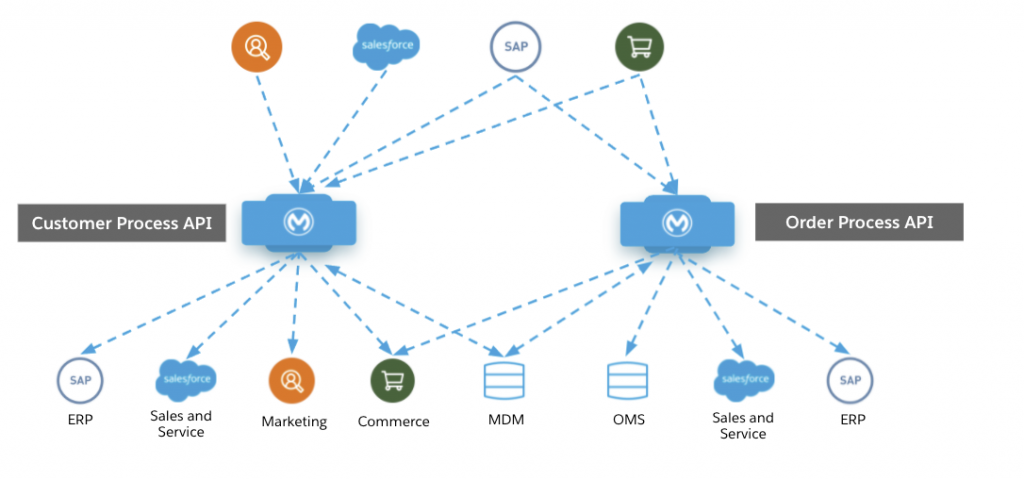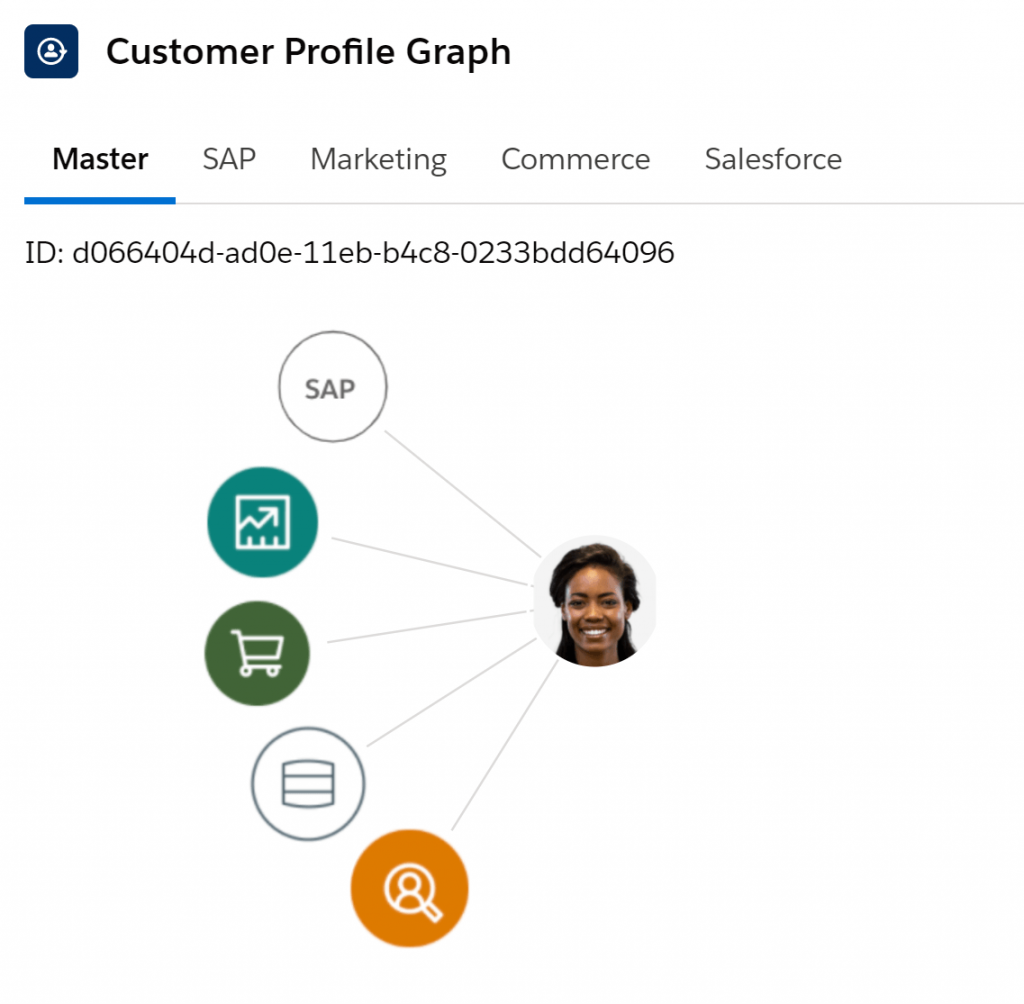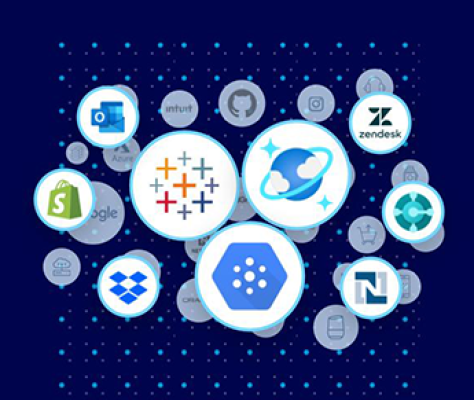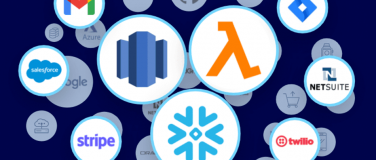Delivering a personalized customer experience has never been more important, especially with the rise of digital commerce. Consumers are in the driver’s seat when it comes to where they choose to spend their money and their patience with one-size-fits-all interactions is dwindling. In a recent survey, 66% of consumers say they are tired of being treated like a number and expect to be treated like a person.
Consumer frustrations are understandable given that consumers divulge so much information about themselves through profiles, usage patterns, order frequency, and product preferences. Retail organizations have the data they need to deliver personalized interactions, but the ability to connect with consumers in meaningful ways is inhibited without seeing this data through a single pane — ultimately impacting your bottom line.
A single customer view, often referred to as “customer 360,” allows retailers to organize data from various platforms including ERP, CRM, OMS, commerce, and marketing systems while eliminating duplication and achieving synchronization. Unifying customer profiles and sales order history are at the core of delivering a personalized customer experience and an API-led approach allows retailers to orchestrate that data across applications.

Jumpstart your customer 360 integration journey
MuleSoft Accelerator for Retail has specific templates for enabling customer profile and sales order sync use cases. The templates expose data from ERP, CRM, OMS, MDM, marketing, and commerce systems. MuleSoft Accelerator for Retail allows you to connect profiles and build a customer ID graph to enable activities like unsubscribe to all, which is critical for GDPR compliance, and calculating the total lifetime value of a customer across multiple channels.
MuleSoft Accelerator for Retail enables retail organizations to easily expose customer profile and sales order data into APIs so that it can be utilized and consumed by various teams across the organization. The solution includes prebuilt APIs, connectors, implementation templates, and detailed instructions on how to unlock critical data.
MuleSoft Accelerator for Retail helps to orchestrate data flows between systems like ERP, CRM, OMS, marketing and commerce to streamline use cases such as customer profile and sales order sync. These assets help retail IT teams ramp up faster without needing to start from scratch. Regardless of whether your customer data is on-premises, in the cloud, or hybrid, MuleSoft helps you unlock and orchestrate the pertinent data fields to create a customer 360 profile.
Which use cases does this solution address?
We want to ensure you generate the most value possible from MuleSoft Accelerator for Retail. To do that, we ensure it is easy to adopt, it is extensible and customizable, and most importantly, reduces implementation time. With this in mind, we focused on solving for these most common use cases:
- Create unified customer profiles quickly: Expose data from CRM, ERP, OMS, marketing, and commerce systems to create a unified MDM profile without duplication.
- Connect sales orders easily: Create and update sales orders seamlessly. Leverage connected sales orders to calculate customer lifetime value to make informed business decisions.
Build a customer ID graph faster

Creating a customer graph ID allows you to connect the PARENT/CHILD relationship with customer data. MuleSoft Accelerator for Retail offers a Lightning Web Component (LWC) that can be used as a front end for displaying data from APIs delivered with Mule. This LWC displays a network graph relating a source record in Salesforce (as the root node) to N-number of systems (as child/edge nodes). This LWC is written generically to support any PARENT/CHILD relationship as a network graph.
Ready to learn more?
MuleSoft Accelerator for Retail assets can be explored in our MuleSoft Anypoint Exchange and is included in the MuleSoft subscription. Take a look at our demo for more details on how the accelerator works. Also check out our webinar to learn how to deliver personalized customer experiences with API-led integration.









